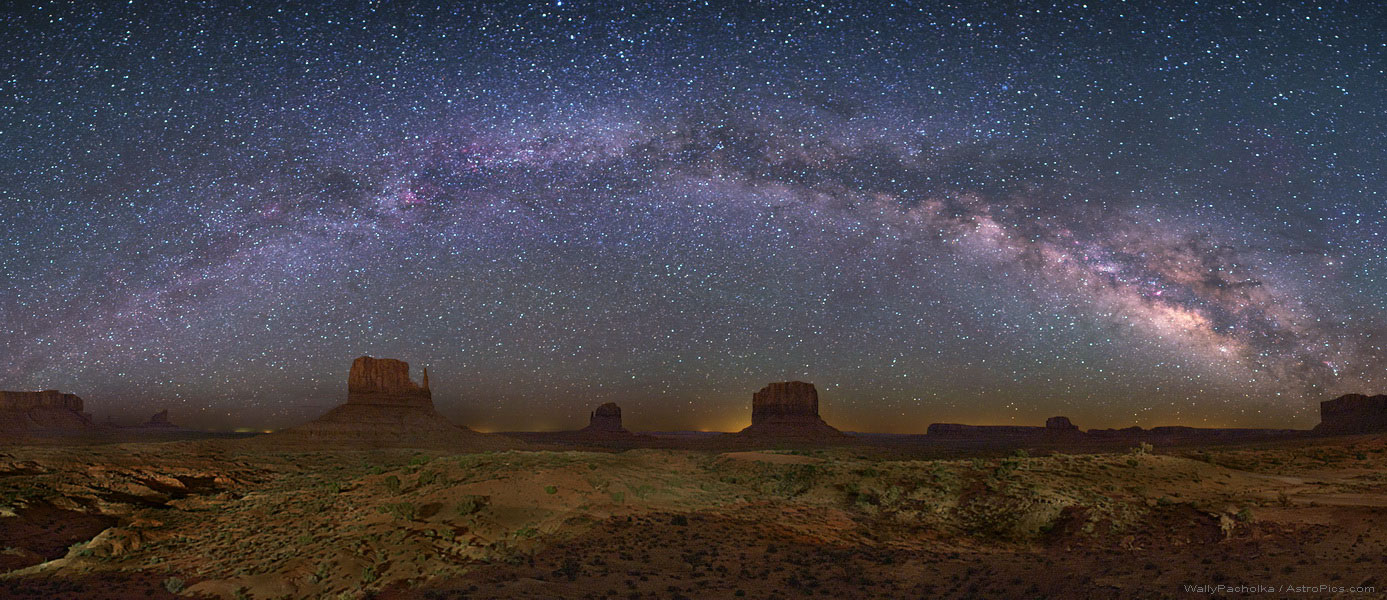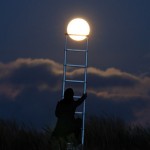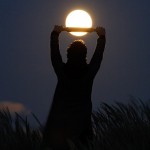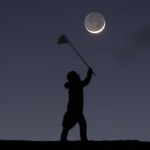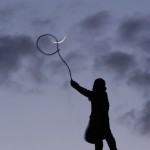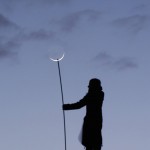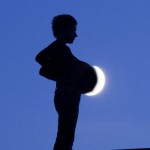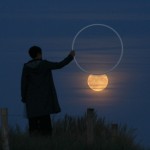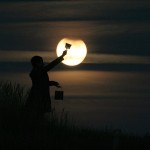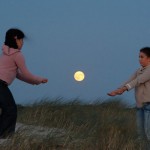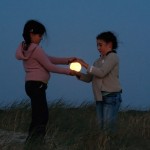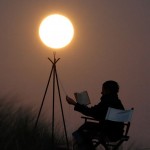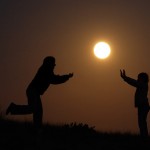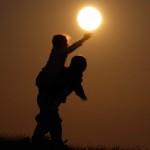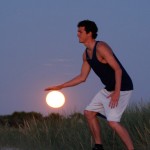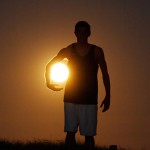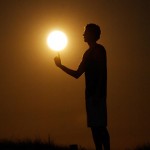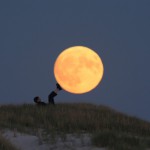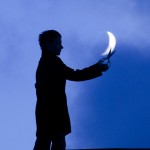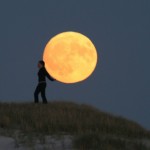Sadly, I lost — surrendered, really — the longest day to an anti-natural struggle with a corporate golem over access to flowing electrons. Once again, we slide slowly into darkness and cold. mjh
The Sky This Week, 2012 June 19 – 26 — Naval Oceanography Portal
The astronomical season of summer officially begins with the occurrence of the summer solstice, which falls on the 20th at 7:09 pm EDT. At this time the Sun will be located directly over the Tropic of Cancer about halfway between Hawai’i and Midway Island. For residents of the Northern Hemisphere this will be the longest day of the year. Here in Washington we’ll experience 14 hours and 54 minutes of daylight. That’s a difference of nearly 5.5 hours over the length of day at the winter solstice! For several days the Sun will seem to pause in his north/south excursion, then gradually begin inching toward the celestial equator, which he will cross on the autumnal equinox. However, thanks to the Earth’s elliptical orbit around Old Sol, the date of the year’s latest sunset won’t occur for another week, so those of you who enjoy late afternoon or early evening activities will still have plenty of daylight to play in.
The Sky This Week, 2012 June 19 – 26 — Naval Oceanography Portal
Laughing Song by William Blake | The Writer’s Almanac with Garrison Keillor
Today is the summer solstice in the Northern Hemisphere, and the winter solstice in the Southern. For those of us in the north, today will be the longest day of the year and tonight will be the shortest night. Although you would think that the Earth would be closest to the Sun during the summer, actually we’re about 3 million miles farther away than we are in winter. But our planet is tilted on its axis, and at this time of year, the Northern Hemisphere is tilted toward the Sun, receiving more direct radiation for longer periods of time each day. It is that slight tilt, only 23.5 degrees, that makes the difference between winter and summer.
We consider the summer solstice to be the first official day of summer, but in the ancient world, it was celebrated as Midsummer, and it was thought to be a time when plants had particularly magical properties. Fairies, ghosts, and spirits were thought to be especially active too, and Shakespeare’s play A Midsummer Night’s Dream reflects a lot of those traditional beliefs. In modern times, Midsummer’s Eve is celebrated sometime between June 21 and June 24; it’s still a major holiday in Scandinavia, Latvia, and other locations in Northern Europe, second only to Christmas. It dates back to pre-Christian times, and people take a three-day weekend to dance around maypoles, clean and fill their houses with fresh flowers, and burn straw witches in bonfires to remember the witch burnings of the 16th and 17th centuries.
Laughing Song by William Blake | The Writer’s Almanac with Garrison Keillor

